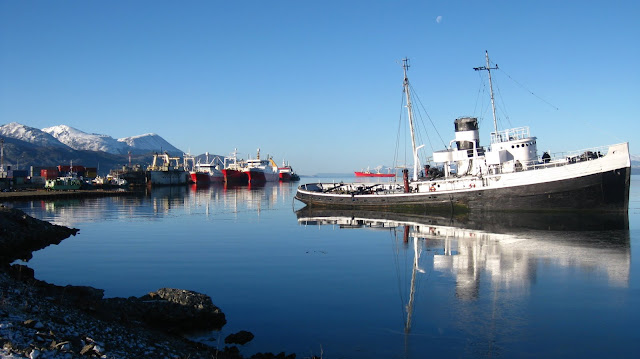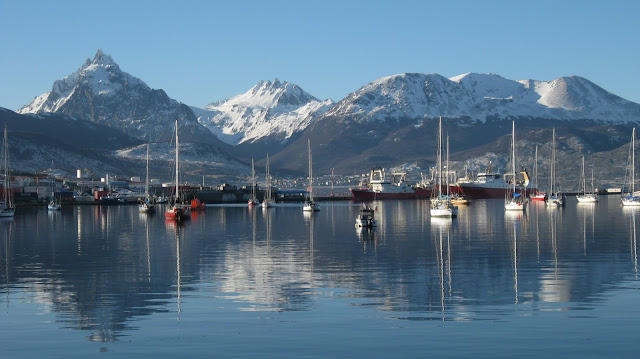~I absolutely love the traditional Argentine greeting. While there are numerous variations, the most standard is the right cheek to right cheek tap with the sound of a kiss. The sound of the kiss is critical. You don’t actually kiss the cheek…you just make the sound. Not too soft, not too loud. This greeting is used in every social situation and I’m loving it. A handshake can be so formal and cold.
~The Argentine breakfast is an unfulfilling small spread of coffee, tang-like orange juice, toast or a croissant with butter or dulce de leche (milk caramel spread). Not an egg or pancake to be found. Sad, very sad.
~An American is called a “Yanqui” from “Yanquilandia” (pronounced Jan-kee). When I first heard this, I thought they were calling me a Junkie from Junkie-landia. There is some truth to that I suppose. The land of excess right? LOL. Apparently, there is no offense behind the word but still not sure I like being called a Yanqui. I’m dealing with it.
~The folks here like to decorate their tiny indoor trashcans with a fabric skirt & hat for the lid. It’s kinda like going to Grandma’s house where the kleenex box, toilet paper roll holder, everything is covered in fabric. Who makes these things and what a racket that is. Grandma’s everywhere are smiling on Ushuaia from above. While I can get past the decorating thing, the size of the receptacle is incomprehensible. That leads me to the trash situation.
~Every house has a peculiar trash basket on a stick on the footpath or connected to their front gate. I find it interesting to take note of all the different types. Some are big, some are small, some have lids, some don’t. They are all elevated which makes me think it’s because of the stray dog situation here. These baskets wouldn’t fit more than one 13 gallon kitchen trash bag. Apparently Ushuaia is small enough that the trash collectors can get to most every house and business every single day…hence the diminutive size of indoor trash cans. Mystery solved!
~The drivers in Ushuaia are much more hospitable than drivers Buenos Aires and Mendoza however without many signals or stop signs, it is impossible to understand how to drive in this city. As a pedestrian, j walking is 100% tolerated and expected. I’ll let the taxi drivers deal with the protocol on yielding to up/down hill traffic versus crosstown traffic.
~I haven't counted but there must be at least 20 adventure outdoor clothing stores on San Martin and none of them sell "Patagonia" brand clothing...???
~It's easier to find wine than a diet soda. Trust me, I am not complaining.
~There isn’t a Subway, McDonald’s, KFC or Burger King anywhere on this island…paradise found.





















































